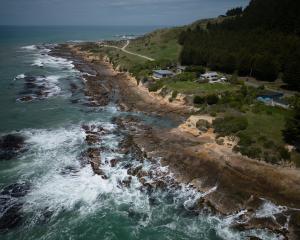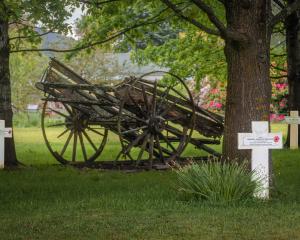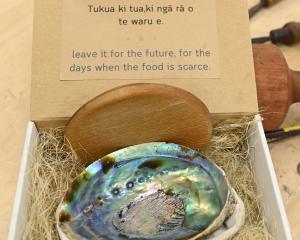
Mother Nature daubed the rolling Central Otago countryside in gold and purple, with the Shotover River a skein of turquoise cutting through the foreground and the aptly named Remarkables range chisel-cut on the horizon.
Mike has more than done justice to his portion of the canvas, using bold brushstrokes to create a collage of colour, texture and form over hillsides that were once farmland.
Mike and Maureen’s property sits between Queenstown and Lake Hayes. The garden began as a retirement project after Mike left the business world behind in Auckland and headed south in 2006. For the South African-born entrepreneur, the word "project" was always going to be more appealing than "retirement", and it was unlikely that he would ever be content pottering in a vegetable patch.
The Henrys inherited a 1960s house with a smattering of roses and rhododendrons, and a paddock fence a few metres from the back door.
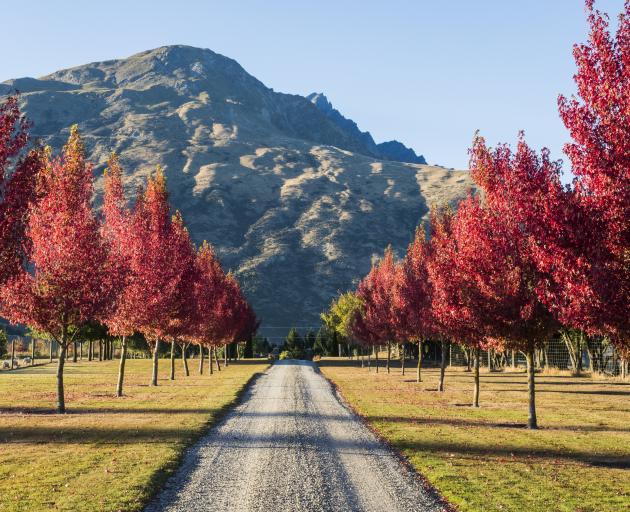
Mike’s gardening pedigree was limited to a 6sq m plot at boarding school, where his claim to fame was that he was "the only kid who could grow Brussels sprouts". He was familiar with proteas and other flora of his homeland, but had never heard of rhododendrons when he first surveyed the Queenstown property. Now more than 1000 specimens grace the garden, and Mike’s botanical knowledge has grown at a similarly startling pace.
The Henrys called their property "Chantecler" after a charming boutique hotel they often visited in Natal, but the French name has become true to its original meaning, "to sing clearly", as songs of korimako and tui ring through the garden.
Gardens are a reflection of the gardener’s personality. Mike is an ideas man, skilled in creating and planning and with the courage to back his vision. Planting in the garden, which covers nearly 5ha, is diverse and eclectic, but whereas some collectors have a bit of everything, Mike has a lot of everything.
"You can’t do three or five in a place like this, you have to do 50."
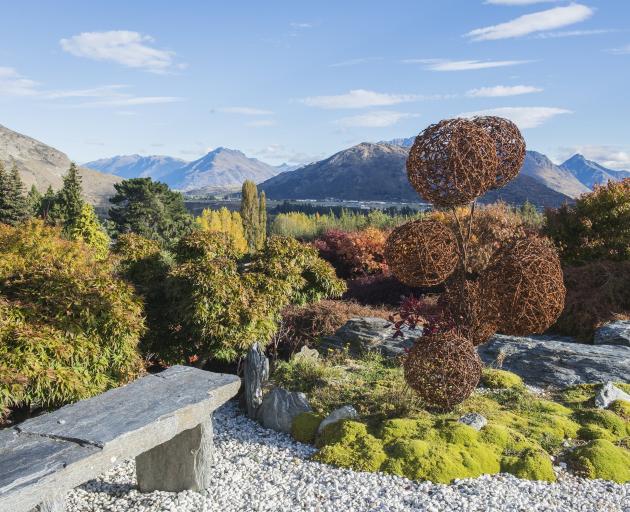
The Henrys have transformed the original Oamaru stone bungalow into a French-inspired home with panache befitting the property. Large picture windows frame views in every direction, and the glazed living area is cantilevered over a canopy of trees. The garden behind the house, once paddock, echoes the European theme, with stone terracing and statuary anchoring a formal array of topiaries and beds of orderly perennials. Its piece de resistance is a pond and fountain amid block planted white "Iceberg" and pastel pink carpet roses, just some of the more than 300 varieties that colour Chantecler’s slopes in summer.
At the top of the lawn, the mood moves to the Mediterranean with a Tuscan garden surrounding a swimming pool sheltered by tiered schist walls and overlooked by an olive grove. Higher still, Chantecler takes an oriental twist with an Asian garden sporting Japanese maples in lime-green, gold, orange and scarlet, interspersed with ornamental flowering cherries, deciduous azaleas and yakushimanum rhododendrons. In late spring more than 300 peonies burst into flower, with five varieties arranged in semicircles to create a rainbow of colour.
Mike doesn’t only do things on a grand scale, he does them fast. The garden, including 8 tonnes of rock, a waterfall and a pond, were installed while Maureen was away for a week.
When Mike and Maureen bought the property, sheep were grazing a dry ravine beside the house. In a feat of engineering which sees the water pumped between two ponds, a boulder-strewn stream now gushes down the gully through a native forest. More than 500 native plants and trees include masses of mounded hebes and seven different varieties of flax carpeting the steep sides. A walkway follows the stream, crossing a Monet-style bridge above the lower pond.
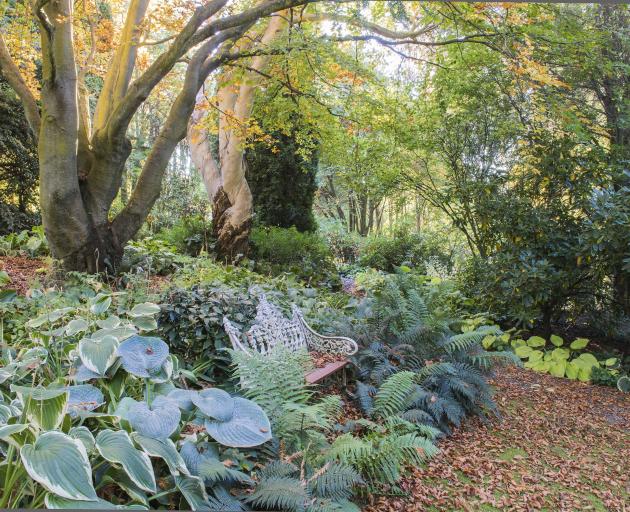
"We’ve got tens of thousands of babies. You won’t see an inch of ground come summer."
The garden celebrates the region’s dramatic climatic changes.
"It’s a garden for all seasons. That’s what I like. I like to see things change. Every week the garden is different."
Flowering cherries, grouped to best show off their blossom, herald spring, while several hundred maples, around 25 varieties among them, change dress with the seasons. Rhododendrons flower from mid-winter until late summer when the hydrangeas take over. More than 44 varieties bloom in profusion through autumn and adorn the winter beds with their faded heads.
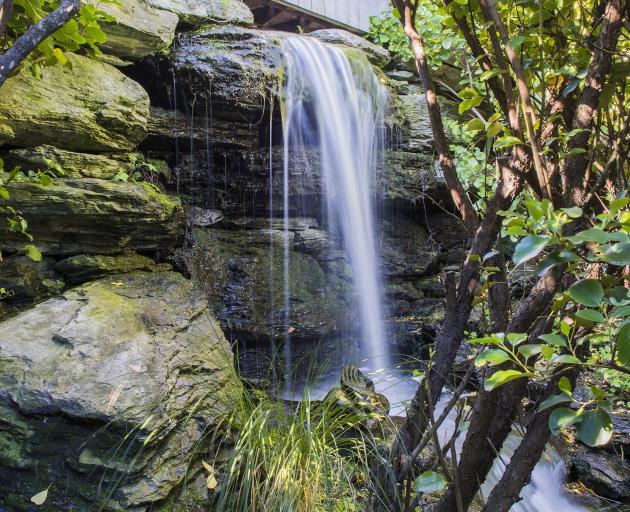
"I love hydrangeas. Like maples, they are good value all year," says Mike, who plants prunings directly into the ground to extend the beds.
Trees of note include a towering pyramidal golden totara and pair of dawn redwoods that are believed to be among the first to be planted in this country after their discovery in China in 1944.
Mike proclaims "happiness" to be his driving motivation for gardening, and gets pleasure from spreading the joy when tour groups visit.
"We like sharing the garden, but I tell visitors that this is our home."

On the outskirts is a meadow sown with wildflowers and a fledgling arboretum.
"A garden is never finished. There are a million things I could still do," says Mike.
In his business days he was quoted in a magazine saying: "I love it when people say something won’t work." So it’s not surprising that in a garden full of flamboyant beauties, his favourite is a wilful individual that has defied its label. He points skyward to a Clematis armandii flowering at the top of a tall conifer.
"It’s climbed at least 12m. It’s only supposed to go four," he says with a mentor’s pride.
The book
Extracted from In the Company of Gardeners published by Penguin Random House NZ, RRP $55.00. Text by Sue Allison, 2021 and photography by Juliet Nicholas, 2021.





